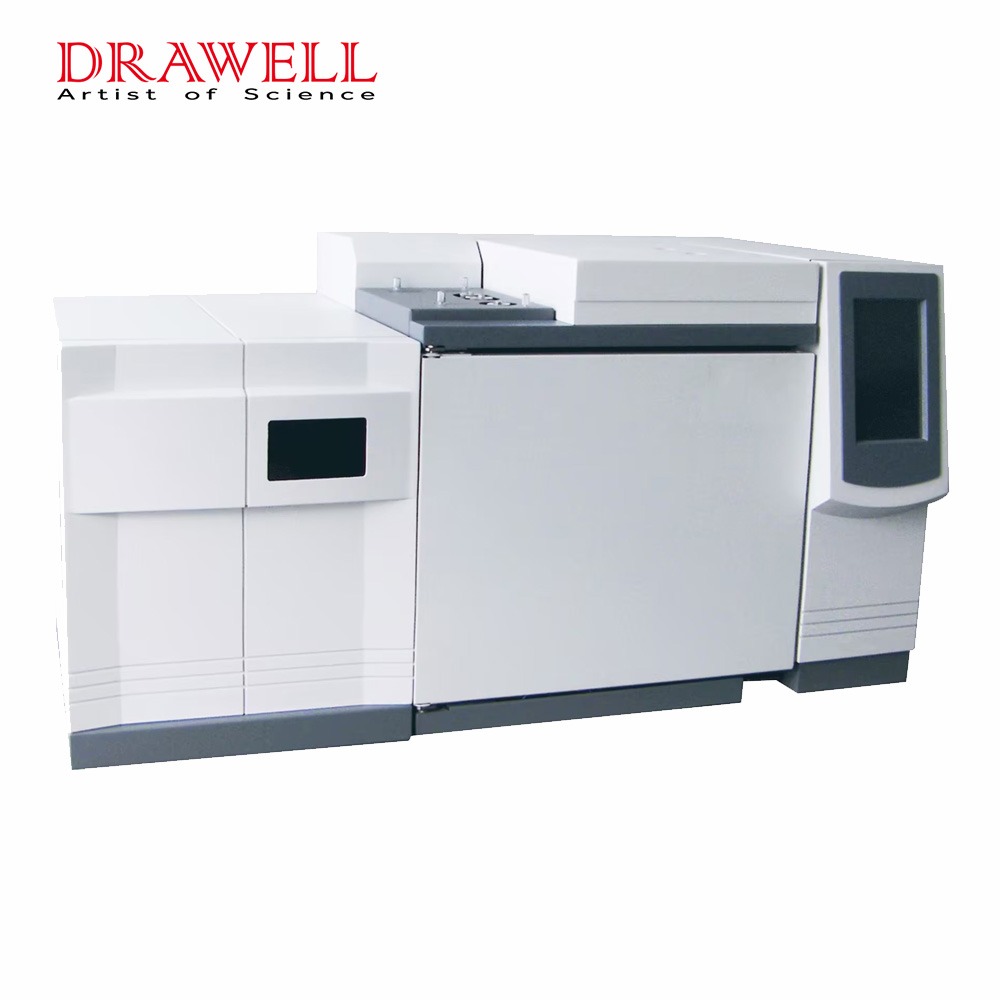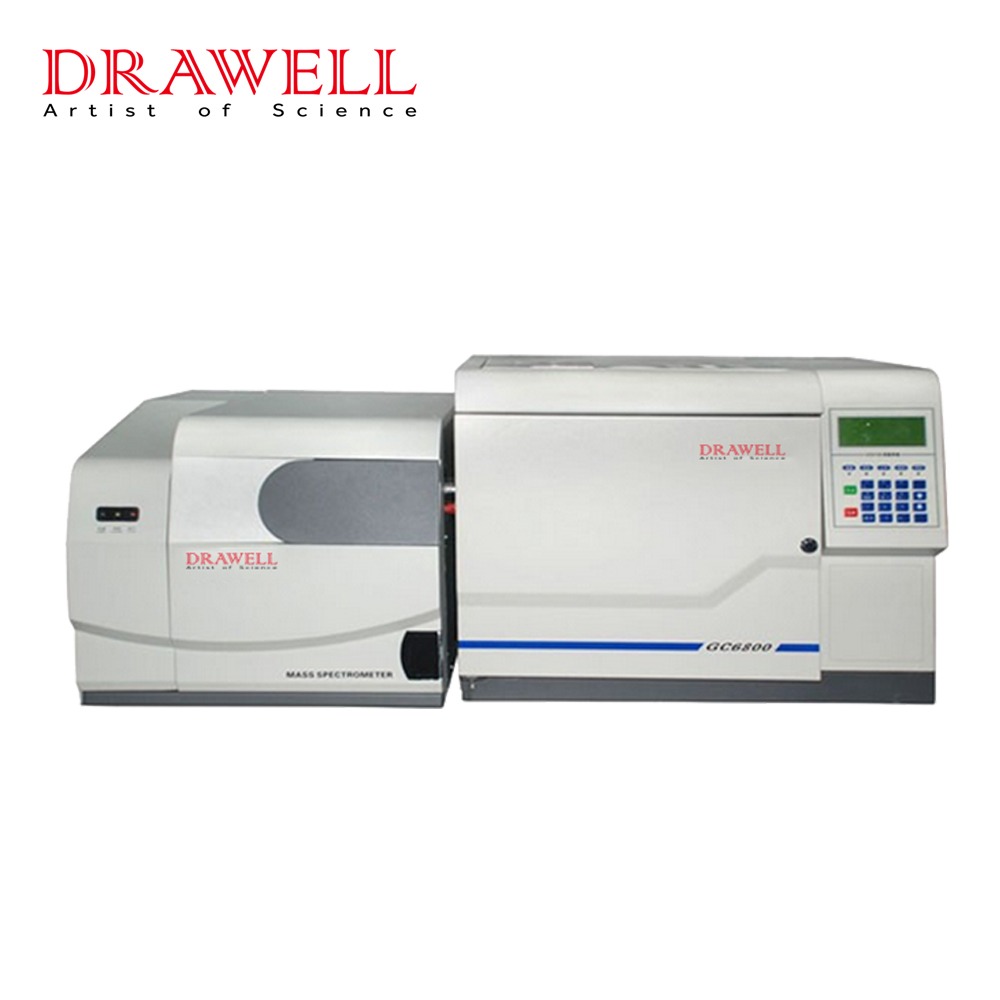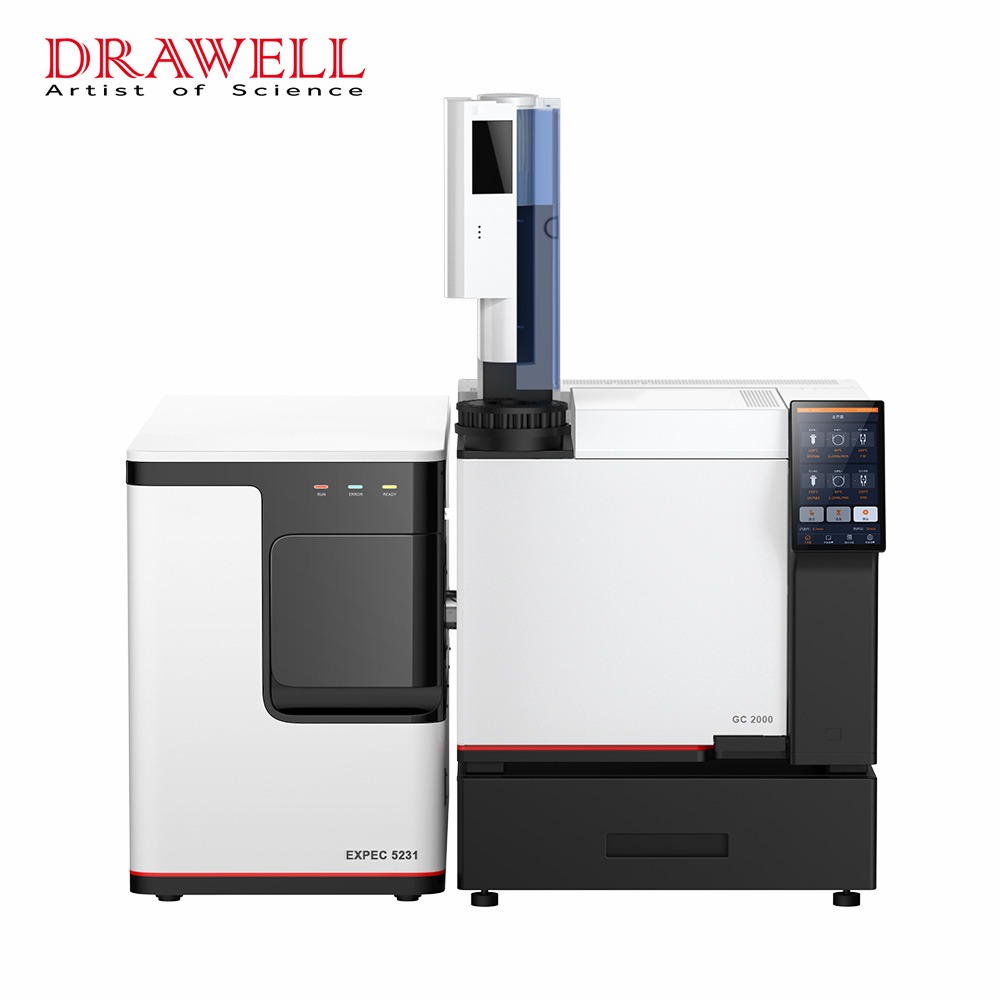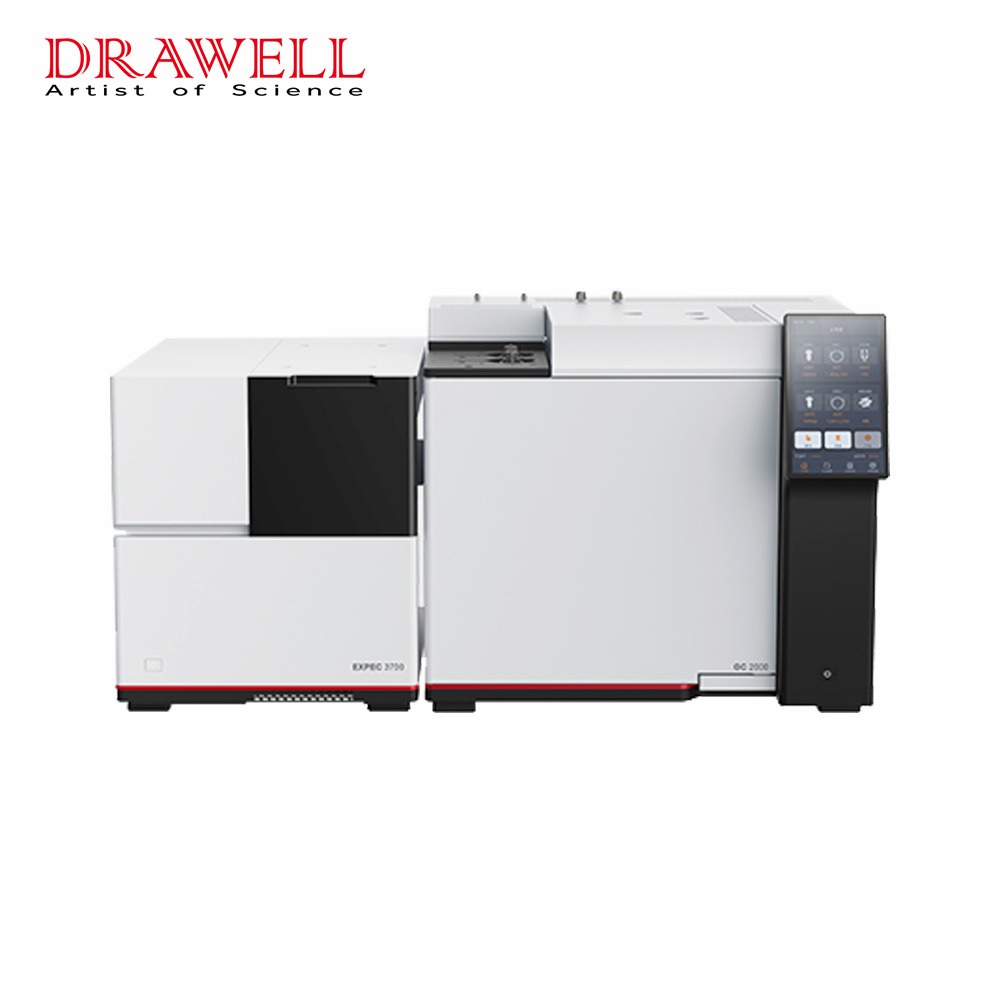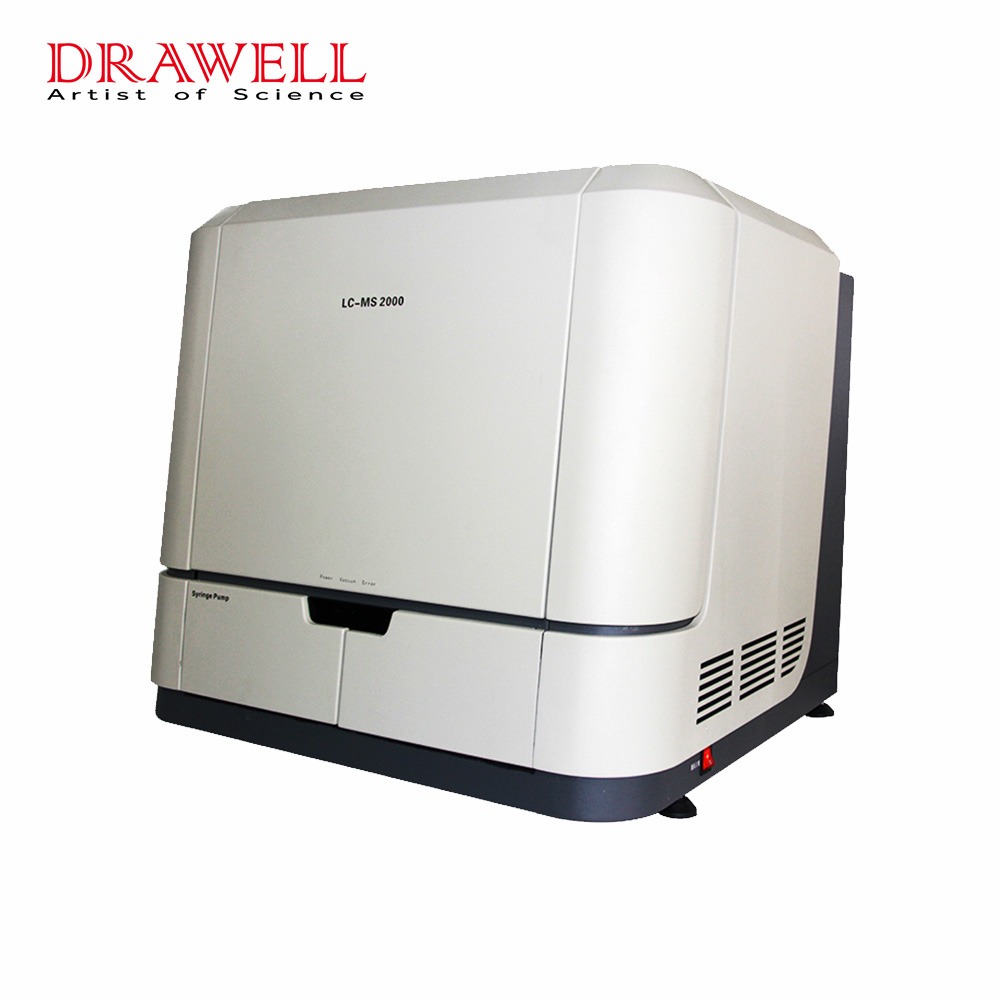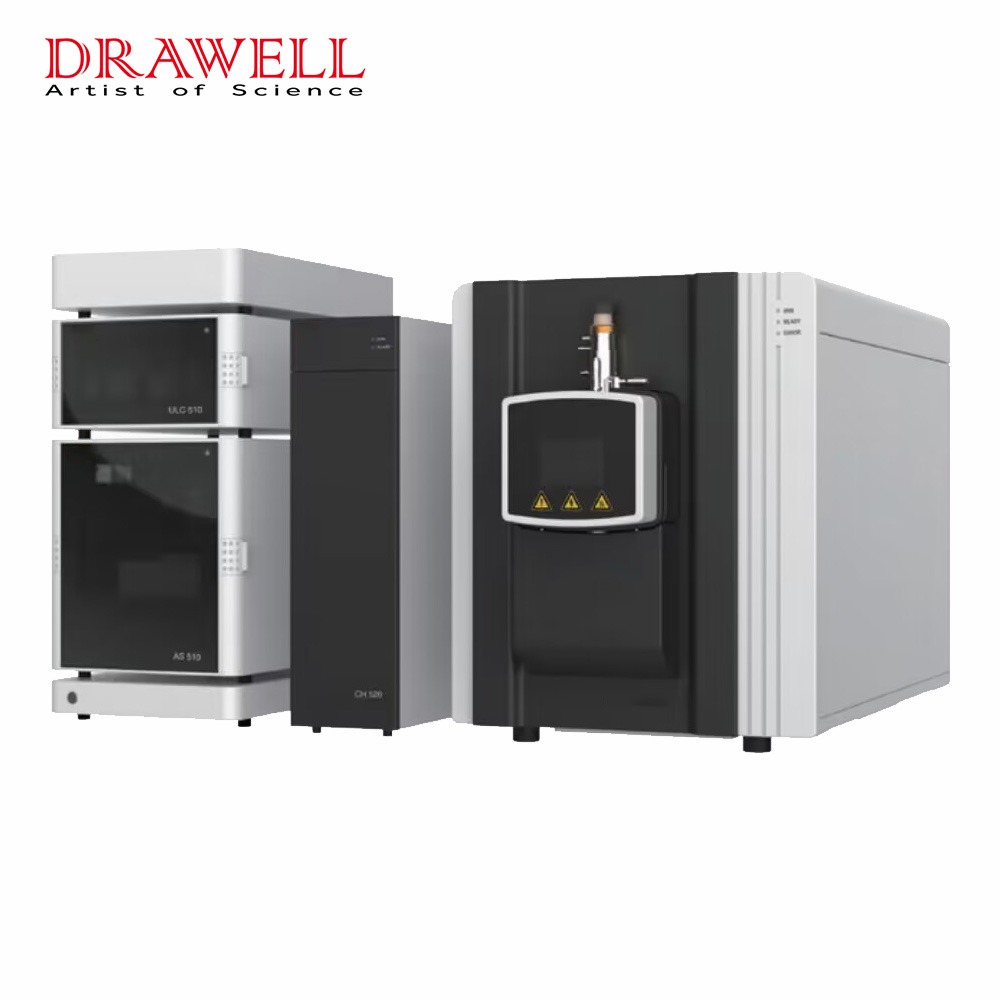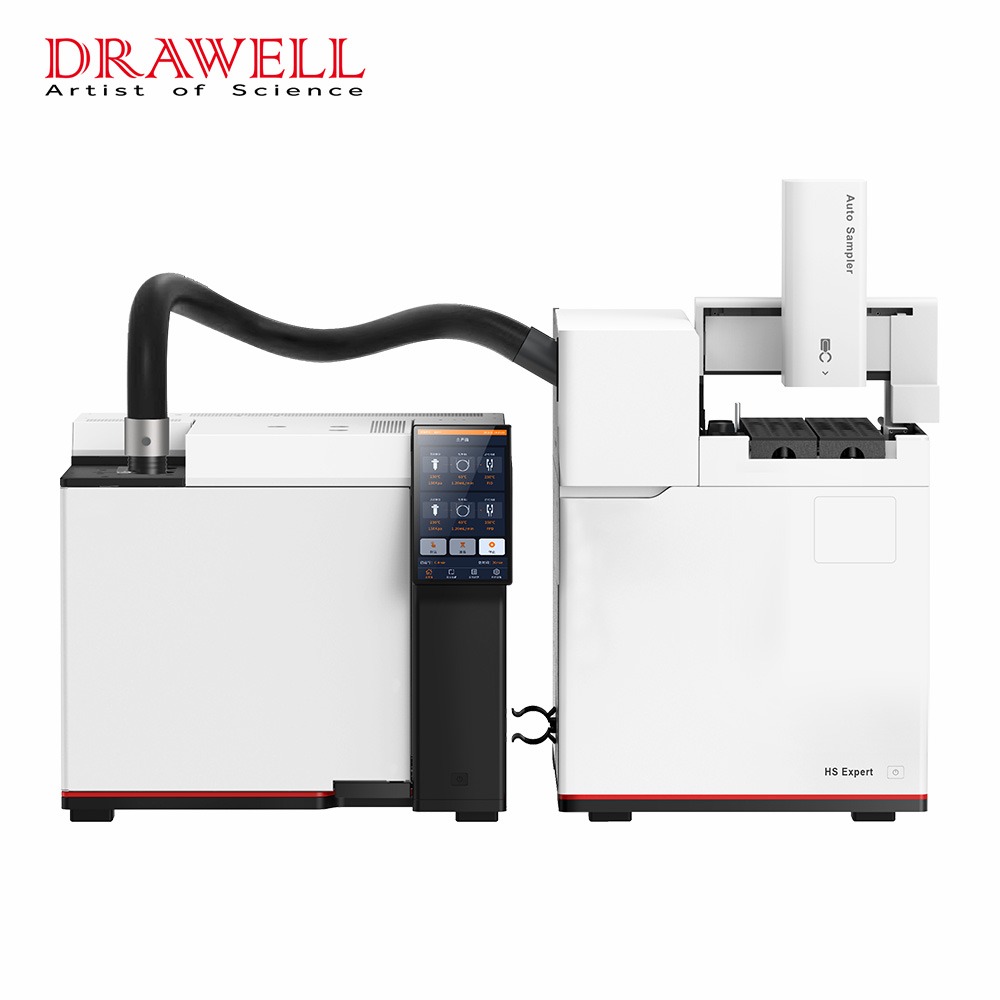Chromatography is a common analytical technique for separating and identifying the constituents of a mixture. It is commonly used to study complex mixtures and identify specific components in domains such as chemistry, biology, and medicine. This article focuses on how does a chromatography work.
Principle Of a Chromatography
Chromatography works on the differential partitioning principle, which states that the components of a mixture are separated depending on their interactions with a stationary phase and a mobile phase. The stationary phase is often a solid or liquid immobilized in a column, whereas the mobile phase is a liquid or gas that moves through the column.
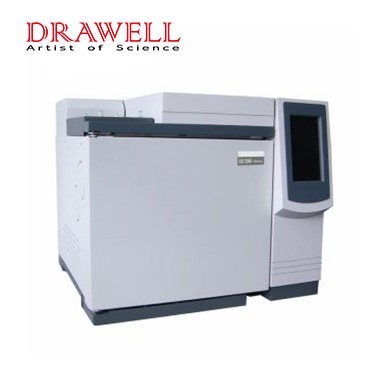
Common Types Of a Chromatography
Gas chromatography (GC), liquid chromatography (LC), and ion chromatography (IC) are the three most common types of chromatography. Although each form of chromatography has a unique stationary phase and mobile phase, the underlying idea of differential partitioning stays the same.
The stationary phase in gas chromatography is a solid material coated onto the inside of a long, thin column, while the mobile phase is a gas that travels through the column. The stationary phase interacts with the gas as it passes through the column, separating the components of the mixture based on their affinities for the stationary phase and mobile phase. The separated components are detected by a detector at the end of the column and can be identified based on their retention times.
The stationary phase in liquid chromatography is a liquid or solid substance packed into a column, whereas the mobile phase is a liquid that moves through the column. The sample mixture is injected into the column, and the components are separated based on their differing affinities for the stationary and mobile phases. A detector at the end of the column detects the separated components, which can be identified based on their retention duration.
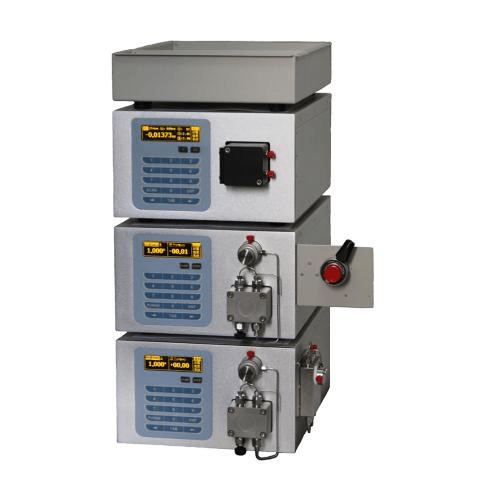
The stationary phase in ion chromatography is a charged resin packed into a column, while the mobile phase is a liquid that runs through the column. After injecting the sample combination into the column, the components of the mixture are separated based on their differential interactions with the charged stationary phase and the mobile phase. A detector at the end of the column detects the separated components, which can be identified based on their retention durations.
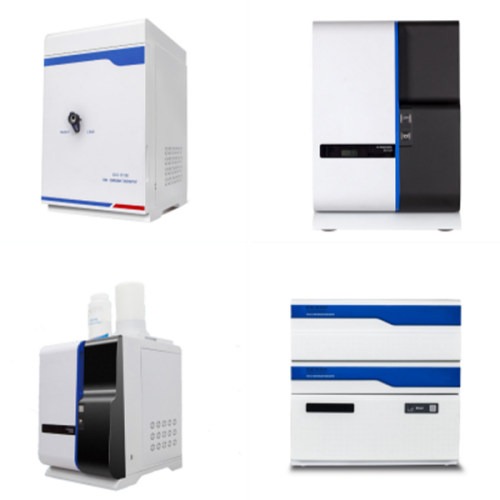
Components of a Chromatography
Although the specific components of a chromatography setup vary depending on the type of chromatography utilized, there are a few basic components that are shared by the majority of chromatography systems.
Column
The column is the heart of the chromatography system and is where components are separated. The stationary phase is often contained in a long, cylindrical tube. The size and shape of the column can differ based on the kind of chromatography and the application.
Stationary Phase
The stationary phase is a substance that is immobilized in the column and is either solid or liquid. It interacts with the sample mixture and separates its components based on their affinities for the stationary and mobile phases. Silica gel, alumina, and ion-exchange resins are examples of stationary phases.
Mobile Phase
The mobile phase is a liquid or gas that flows through the column and carries the sample mixture. It interacts with the stationary phase and separates the components of the mixture based on their differential interactions with the stationary phase and mobile phase. Examples of mobile phases include solvents, gases, and electrolyte solutions.
Injector
The injector is responsible for introducing the sample mixture into the chromatographic apparatus. It is usually made up of a syringe or a valve that is used to inject a precise amount of sample into the column.
Detector
As the separated components of the sample mixture depart the column, the detector detects them. The detector utilized can differ based on the kind of chromatography and the application. UV-visible spectrophotometers, mass spectrometers, and refractive index detectors are examples of detectors.
Data Acquisition System
The data acquisition system is used to collect and evaluate the detector’s data. It is normally made up of a computer and specialized software capable of analyzing the retention times and peak regions of the separated components.
Pump
The pump regulates the flow of the mobile phase through the column. A high-pressure pump with a precise flow rate is often used to achieve accurate separation of the sample components.
Summary
Chromatography is a powerful analytical technique for separating and identifying a wide variety of chemicals in a mixture. Chromatography’s versatility and accuracy make it an indispensable tool in scientific study and industry.

